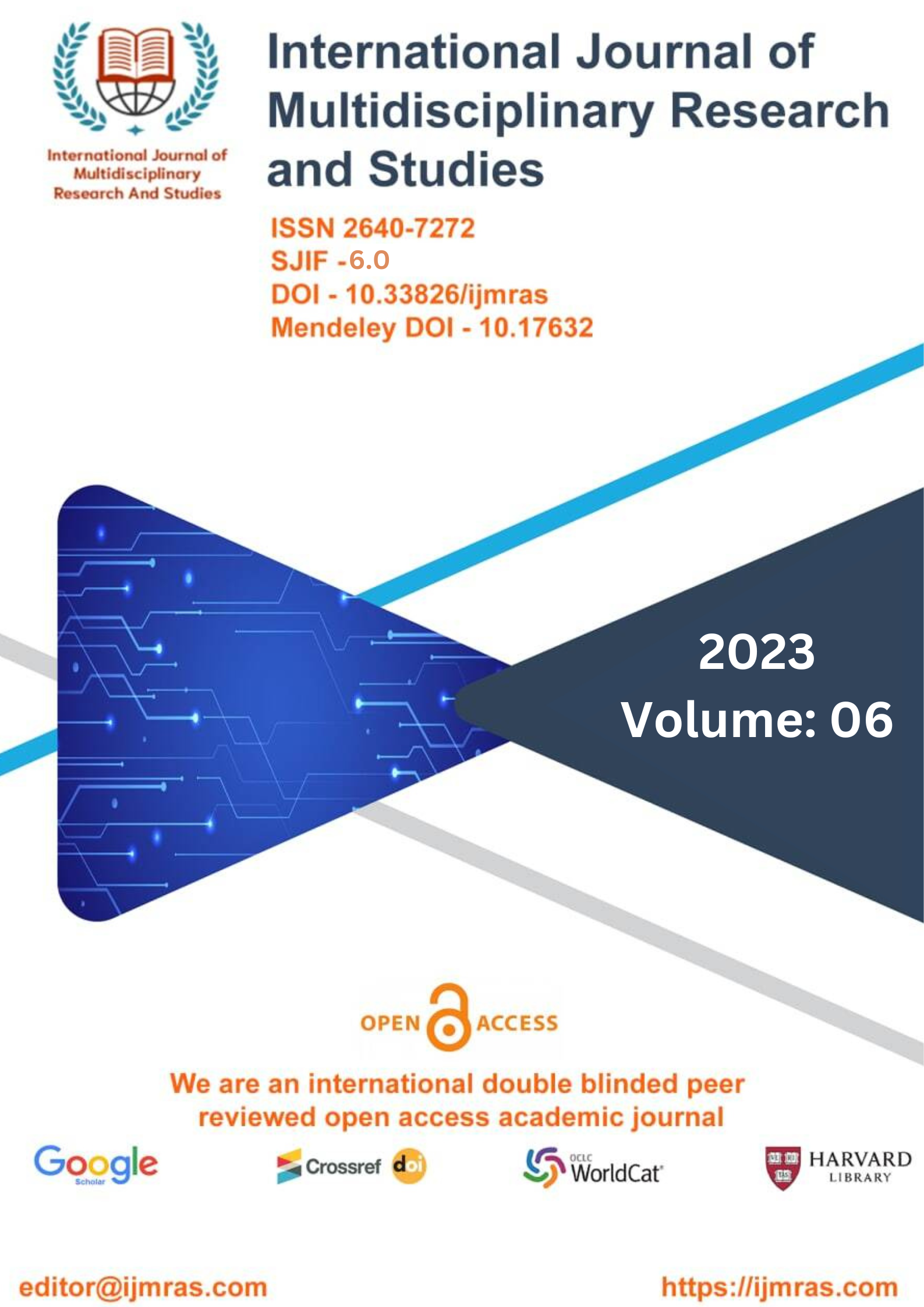DEVELOPING HEALTH RESILIENCE IN COMMUNITY DURING THE COVID-19 PANDEMIC

Abstract
The Covid-19 pandemic has been going on for 2 years without showing definite signs of when this pandemic will end. WHO has declared the world to face the worst possible countries and prepare for a new life order as a "new normal." This new order of life requires people to live with the Covid-19 pandemic. The concept of a new life or new normal is actually a new concept. Long before the Covid-19 Pandemic this concept was related to health resilience. The concept of health resilience has a broader meaning, not only for humans who have to adapt to new habits, but also the concept of health resilience that makes humans capable and have the capacity to survive the Covid-19 Pandemic, the ability and even recovering from adversity due to the Covid-19 Pandemic, adapting new habits (new normal) to negative events, serious threats, and dangers from the Covid-19 Pandemic, all of which are aimed at strengthening human health. WHO in the framework of the SDGs 2030 has reminded the importance of creating a resilient community so that human health becomes better and stronger. Based on the literature review, this article aims to explain the conceptual framework for developing health resilience in communities during the Covid-19 pandemic.
Keywords
Covid-19, Health Resilience, Community Health Resilience, Developing Health Resilience, Policy ImplicationHow to Cite
References
WHO, 2020. Mental Health and Psychosocial Considerations during the COVID-19 Outbreak. WHO reference number: WHO/2019 nCoV/MentalHealth/2020.1 https://laporcovid19.org/
WHO Regional Office for Europa, 2017. Strengthening Resilience : a Priority Shared by Health 2020 and The Sustainable Development Goals
Tim R.H. Davies, and Alistair J. Davies., 2018. Increasing Communities Resilience to Disasters: An Impact-Based Approach. International Journal of Disaster Risk Reduction, (31): p.742–749
Anne Tiernan, et. al., 2019. A Review of Themes in Disaster Resilience Literature and International Practice Since 2012, Policy Design and Practice, 2:1, 53-74, DOI: 10.1080/25741292.2018.1507240
Sonny S. Patel, et. Al., 2017. What Do We Mean by 'Community Resilience'? A Systematic Literature Review of How It Is Defined in the Literature. Version.PLosCurr.Doi: 10.1371/currents.dis.db775aff25efc5ac4f0660ad9c9f7db2 PMCID: PMC5693357
Heng Cai, et. al., Mihunov, 2018. A Synthesis of Disaster Resilience Measurement Methods and Indicates, International Journal of Disaster Risk Reduction, https://doi.org/10.1016/j.ijdrr.07.015
Katharine Wulff, et al. 2015. What Is Health Resilience and How Can We Build It? Annu.Rev. Public Health, (36)
Margaret E. Kruk, et. al., 2017. Building Resilient health Systems: a Proposal for a resilience Index.BMJ;357: j2323.doi:10.1136/bmj. j2323
Karl Blanchet, et. al., 2017. Governance and Capacity to Manage Resilience of Health Systems: Toward a New Conceptual Framework. Int J Health Policy Manage.2017;6(8);431-435. Doi:10.15171/ijhpm
Pailliard Turenne, et. al., 2019. Conceptual analysis of health systems resilience: a scoping review. Published by Elsevier. This manuscript is made available under the Elsevier user license https://www.elsevier.com/open-access/userlicense/1.0/
Fridell M, et. al., 2020. Health System Resilience: What Are We Talking About? A Scoping Review Mapping Characteristics and Keywords. Int J Health Policy Manag.;9(1):6–16. doi:10.15171/ijhpm.2019.71
Louise Biddle, et. al., 2020. Health system resilience: a literature review of empirical Research. Health Policy and Planning, 35, 1084-1109. Doi:10.1093/heapol/czaa032
Meetu Khosla, 2017. Resilience and Health: Implications for Interventions and Policy Making. Psychol Stud DOI 10.1007/s12646-017-0415-9
Miijin Kim, et. al., 2019. Impact of Resilience on the Health-related Quality of Life of Adolescents with a Chronic Health Problem: A Structural Equation Approach. J adv nur. 75(4):801-811. doi: 10.1111/jan.13888.
A.M.Aslam Saja, et. al., 2019. A Critical Review of Social Resilience Assessment Frameworks in Disaster Management, International Journal of Disaster Risk Reduction doi: https://doi.org/10.1016/j.ijdrr.2019.101096
David M. Abramsom, et al., 2014. The Resilience Activation Framework: A Conceptual Model of How Access to Social Resources Promotes Adaptation and Rapid Recovery in Post disaster Settings. Journal of Behavioral Health Services & Research 1-15 National Council for Behavioral Health. DOI:10.1007/s1414-014-9410-2
Melinda J. Morton, and Nicole Lurie, 2013. Community Resilience and Public Health Practice. Am J Public Health; 103(7): 1158-1160. doi:102105/AJPH.2013.301354. PMCID: PMC3682626. PMID: 23678934
Alonso Plough, et. al. 2013. Building Community Disaster Resilience: Prespectives from a Large Urban County Department of Public Health. American Journal of Public Health, vol 103, No. 7
National Preparedness and Response Science Board (NPRSB) 2014. Community Health Resilience Recommendations
National Biodefense Science Board (NBSB). 2016. A Look at Community Health Resilience Federal, State and Private Sector Perspectives. NDIA BioDefense Health Summit October
Anita Candra, et. al., 2011.Building Community Resilience to Disasters: A Way Forward to Enhance National Health Security. RAND Technical Reports: Health, 1-78.
Social Resilience Lab Nanyang Technological University. 2020. Survei Persepsi Risiko Covid19 Surabaya
Social Resilience Lab Nanyang Technological University. 2020. Survei Persepsi Risiko Covid19 DKI Jakarta
Janet Diaz-Martines, et. al. 2021. Resilience, Anxiety, Stress, and Substance Use Patterns During COVID-19 Pandemic in the Miami Adult Studies on HIV (MASH) Cohort. Springer.https//doi.org/10.1007/s10461-021-03292-y
Hurriyet Babacan, and Narayan Gopalkrishnan, 2021. COVID-19: Engaging the Most Vulnerable. ASEAN Journal of Community Engagement, 5(1),1-24. https://doi.org/107454/ajce.v5i1.1114
License
Copyright (c) 2023 Ikhlas Rasido, Andi Zulkifli, Veny Hadju, Indar, Abdullah Naser, Wa Ode Nova Noviyanti, Abd. Farid Lewa, Arwan Arwan, Muhammad Rizki Ashari, Muhammad Sabri Syahrir, Miftahul Haerati

This work is licensed under a Creative Commons Attribution 4.0 International License.
Individual articles are published Open Access under the Creative Commons Licence: CC-BY 4.0.



